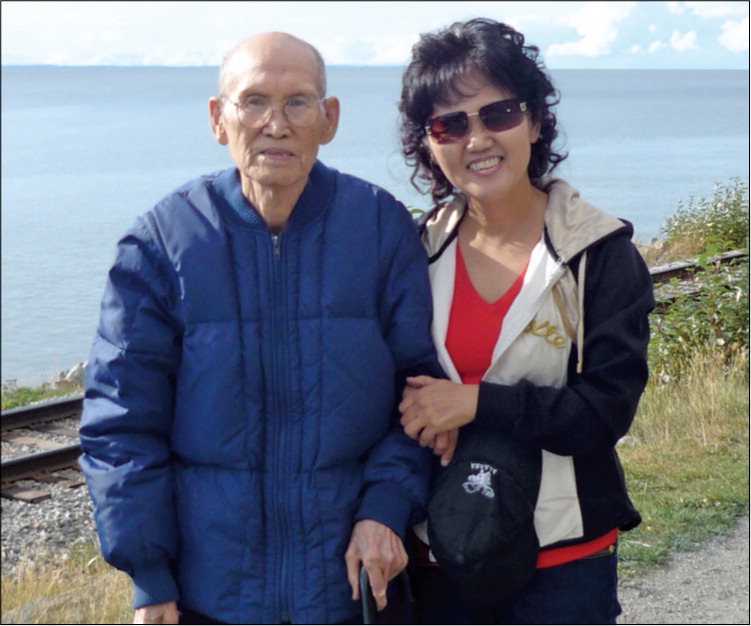
Am Fam Physician. 2012;86(7):608

I am a Buddhist and have been for many years. I grew up in Korea, and during the Japanese occupation of Korea, I escaped from the Japanese navy and hid in the Buddhist monasteries. There I learned the practice of prayers, many of which I could sing or chant out loud for over an hour. Throughout my life, I have remained very faithful to my Buddhist prayer traditions.
Right before I turned 90 years old, my breathing became really bad. I had many tests done. I knew I had cancer, though I did not directly talk about it.
I began to practice our traditional medicine. I applied a moxibustion treatment (which is similar to acupuncture) to my chest, and my daughter helped with my back. We would do this routine daily for hours, with days off to recuperate. We grew our own mugwort, and we dried and prepared it in our house. When the pain in my back got worse, my daughter used the cupping technique, and both of us thought it was working. We also used urushiol, which we hoped would stop or even get rid of the cancer cells. Urushiol is commonly used as medication in Korea, and we had it shipped from there. If I did not have difficulty breathing, I would have felt I was not sick at all.
My Western doctor started visiting me at home. During these visits, my daughter and I showed her our traditional medicine techniques, and she looked over my body at the marks made by moxibustion. She also listened to my chest and at times looked at my sputum. It had turned from bloody to clear. I was still short of breath, so she checked the hospice medications and showed us the morphine, explaining I could try small doses. I did not like it because it made me dizzy, but I did use it eventually. It allowed me to do some praying again, which I could not do anymore, and to continue with my Buddhist traditions.—m.l.
COMMENTARY
M.L. taught me that his religious practice could provide clarity of mind, as well as acceptance of illness. His use of alternative medicine, with its holistic approach, reinforced the ways in which directing one’s own care supports relationships, helps patients connect with higher goals, and helps maintain independence and dignity, especially when associated with a spiritual community or practiced within a family or caregiver dyad, such as my patient and his daughter. I am grateful they allowed me to be part of their experience and to learn about the role traditional medicine can play at the end of life.
